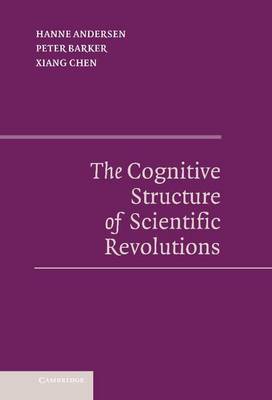Thomas Kuhn's Structure of Scientific Revolutions became the most widely read book about science in the twentieth century. His terms 'paradigm' and 'scientific revolution' entered everyday speech, but they remain controversial. In the second half of the twentieth century, the new field of cognitive science combined empirical psychology, computer science, and neuroscience. In this book, the theories of concepts developed by cognitive scientists are used to evaluate and extend Kuhn's most influential ideas. Based on case studies of the Copernican revolution, the discovery of nuclear fission, and an elaboration of Kuhn's famous 'ducks and geese' example of concept learning, this volume, first published in 2006, offers accounts of the nature of normal and revolutionary science, the function of anomalies, and the nature of incommensurability.
- ISBN10 1280480416
- ISBN13 9781280480416
- Publish Date 1 January 2006
- Publish Status Active
- Out of Print 4 March 2015
- Publish Country US
- Imprint Cambridge University Press
- Pages 199
- Language English
